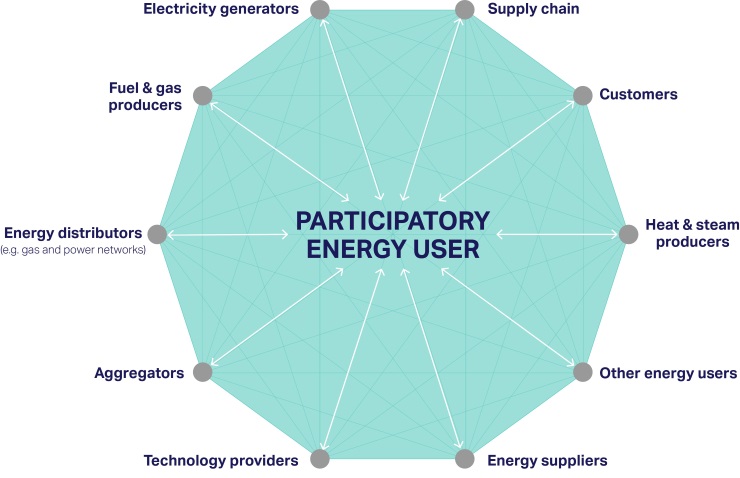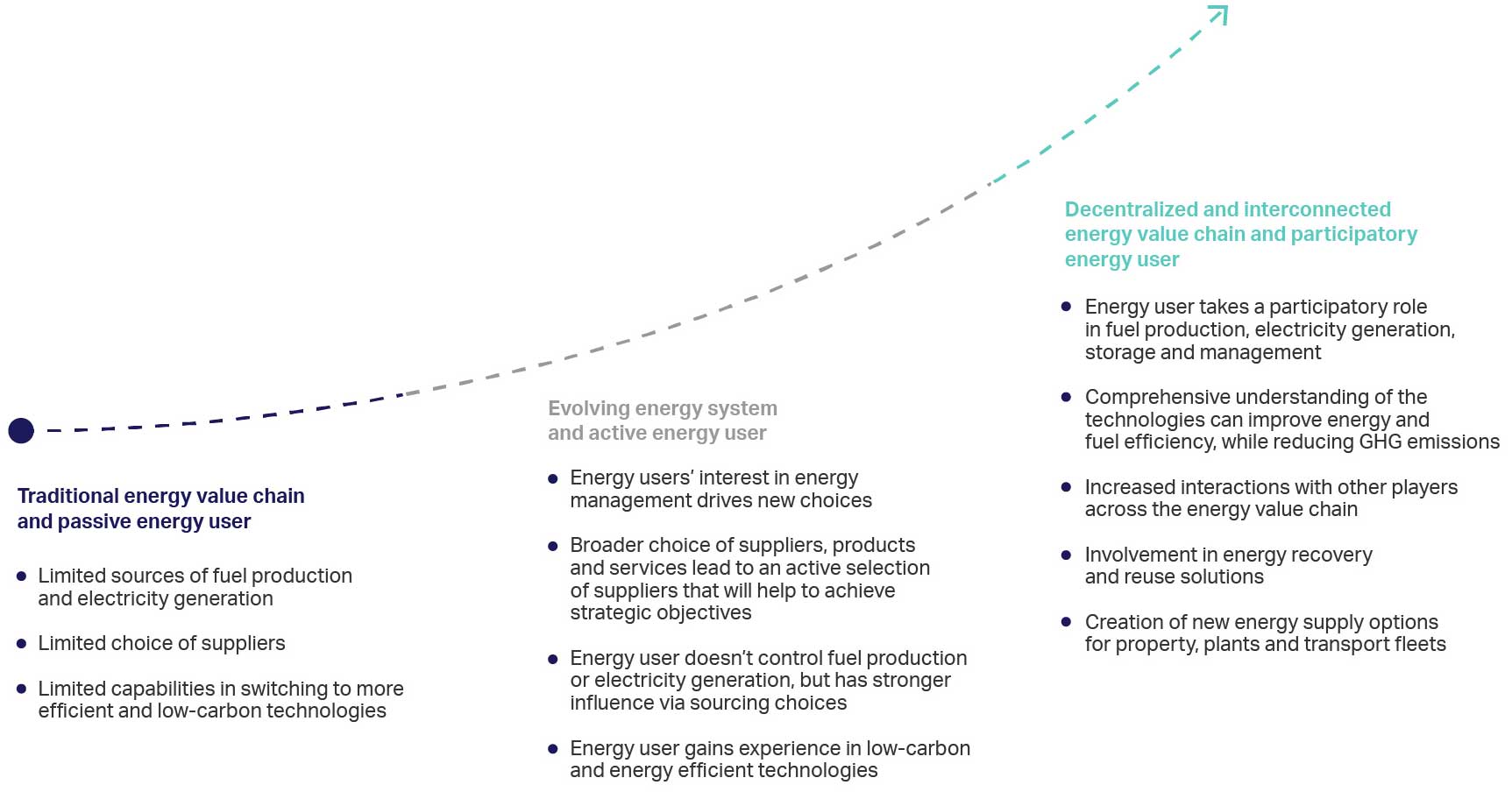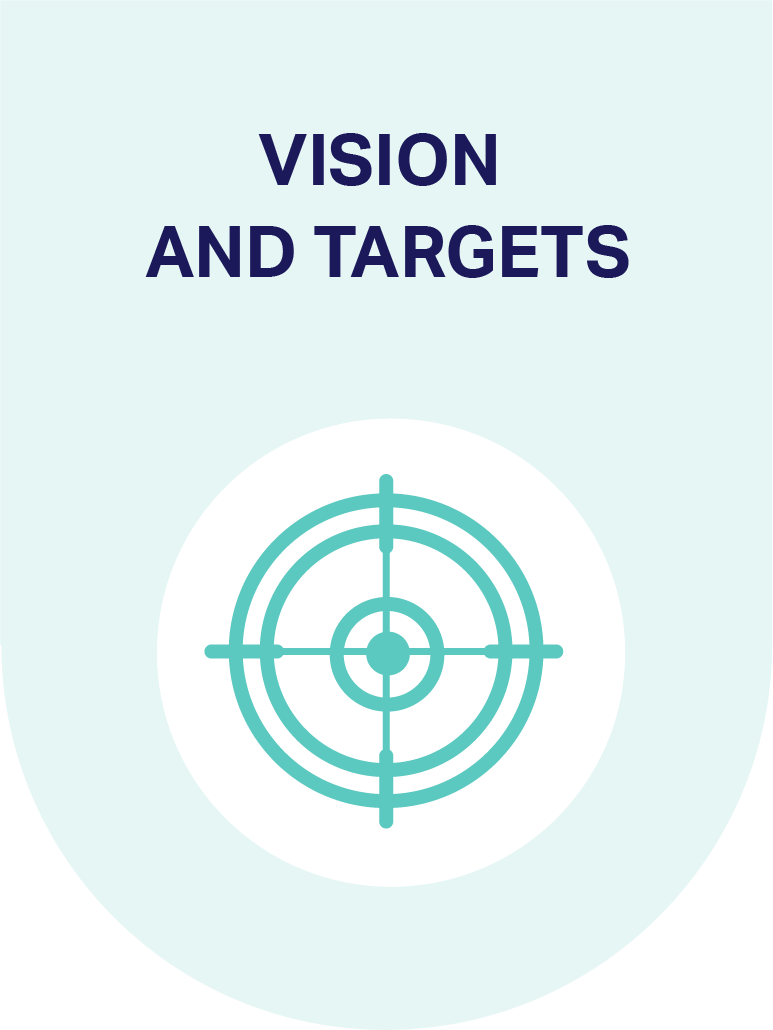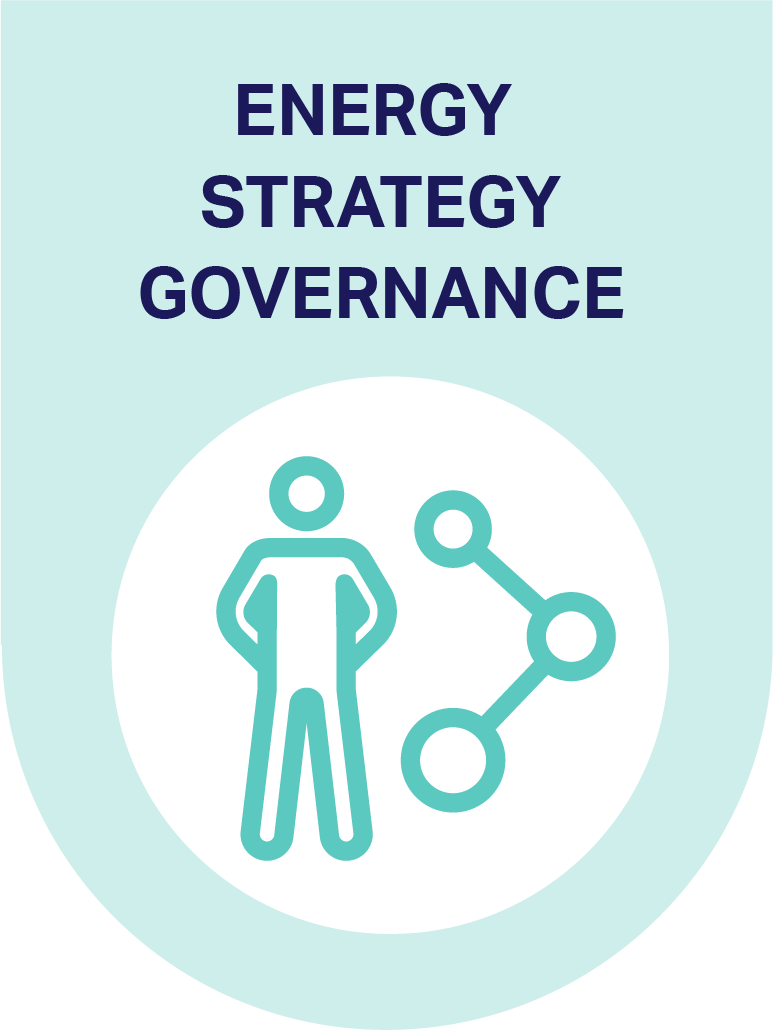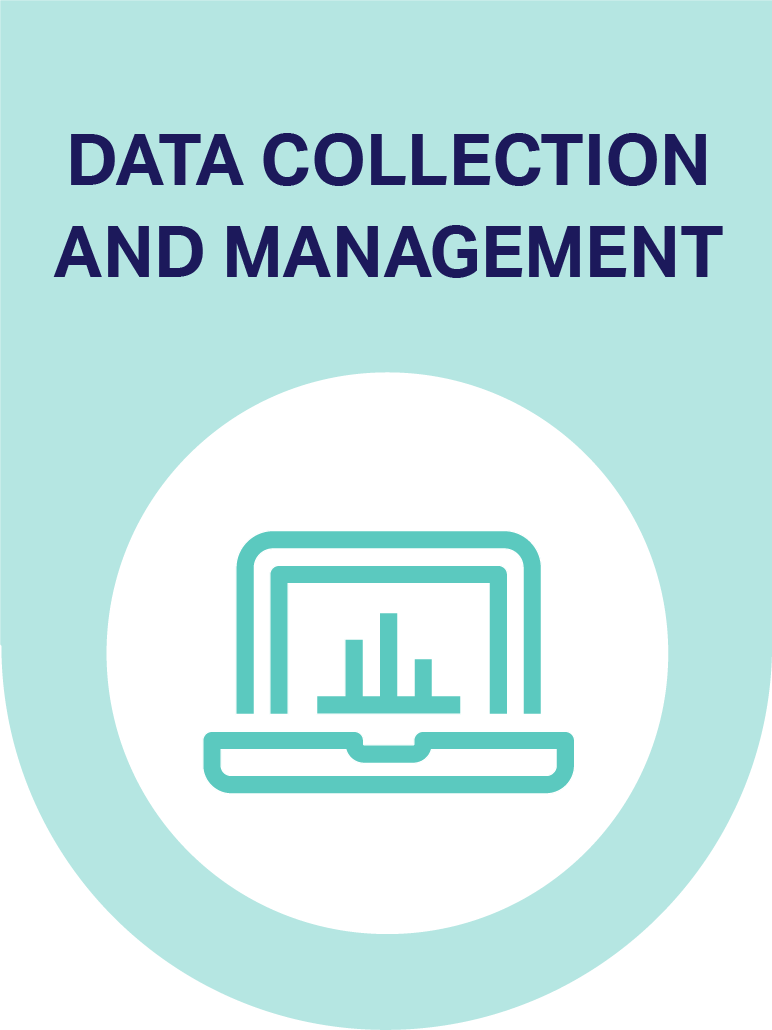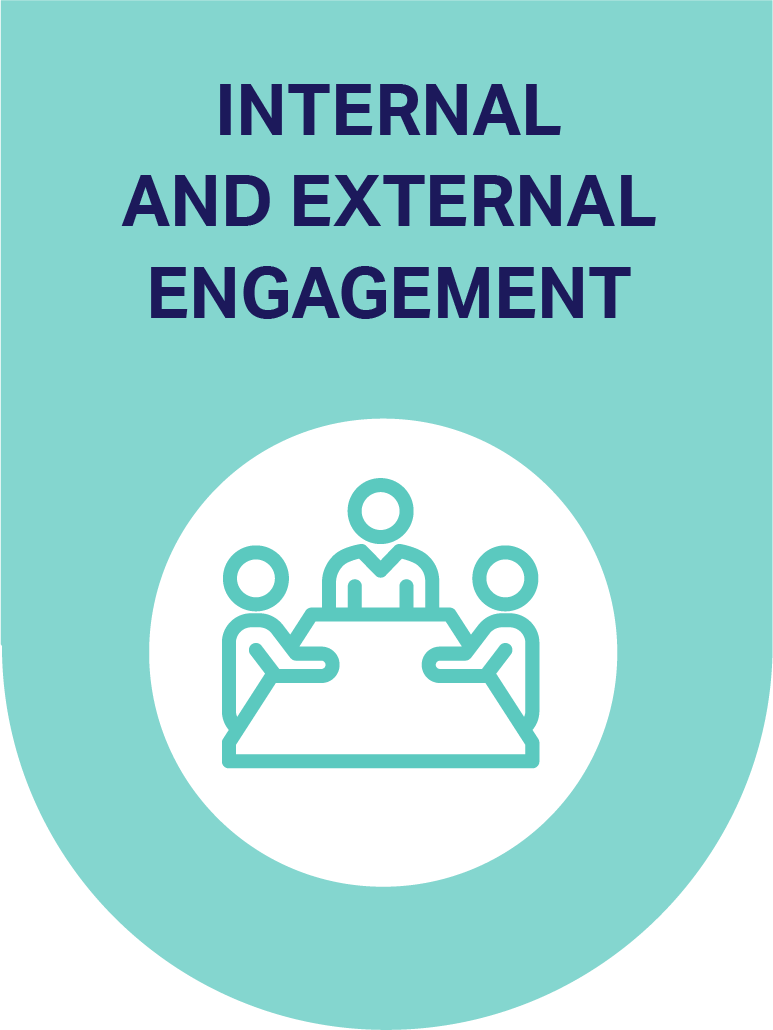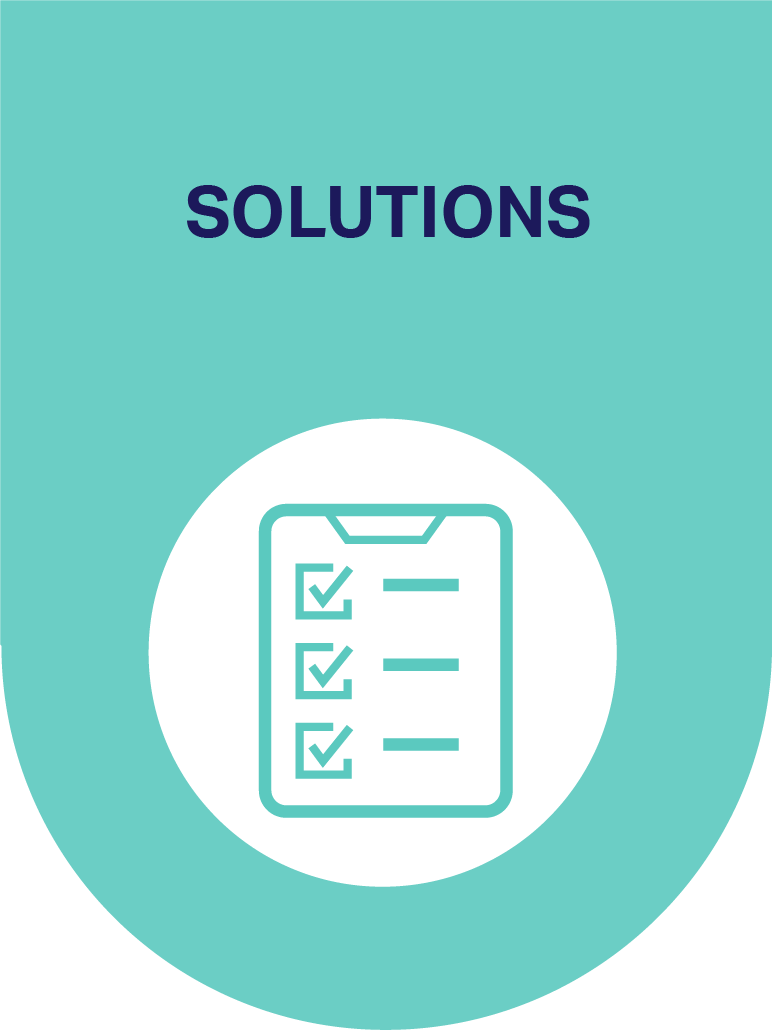GUIDELINES FOR AN INTEGRATED ENERGY STRATEGY
Helping companies achieve their sustainable energy objectives
EXECUTIVE SUMMARY
The energy sector is undergoing a fundamental transition – driven by new technologies, new business models, the need to limit climate change, increase environmental protection and address security of supply concerns. The energy transition is also impacting the roles and responsibilities energy users define for their company – how they reduce energy consumption, how they source energy for their business and how they interact with their value chain.
Companies can use the energy system transformation to their advantage and become a more efficient, more circular and low-carbon company.
To do this, we recommend companies develop an integrated low-carbon energy strategy. An integrated energy strategy sets out how to achieve a company’s energy-related financial and environmental objectives – considering all energy uses for its operations and across its value chain.
The term integrated applies two-fold:
- How companies should involve all relevant functions within their company to develop their energy strategy: corporate strategy, procurement/strategic sourcing, sustainability, manufacturing/engineering and finance.
- How companies should engage with upstream and downstream stakeholders to evaluate all energy inputs and outputs from their operations and across their energy-related value chain.
An integrated low-carbon energy strategy will also contain a company’s pathway to reduce greenhouse gas (GHG) emissions from energy consumption in line with a 1.5°C scenario of global warming. The most recent IPCC special report ‘Global Warming of 1.5°C’ confirmed that we must reduce GHG emissions by ~45 percent by 2030 from 2010 levels to avoid the worst impacts of climate change.
This time horizon is now within the business planning cycle of companies and requires companies to align their targets and actions.
These guidelines explain what an integrated energy strategy is, why your company needs one, and how to build and deploy it. It enables you to develop an integrated energy strategy that improves energy efficiency, decarbonizes energy consumption, increases sustainable energy sourcing and drives low-carbon innovation across your value chain, while managing costs. It explains the collaborative process to work across internal functions, and to engage with your suppliers, your customers and other external stakeholders. It will also introduce new criteria to evaluate and prioritize energy solutions.
These guidelines explain the six elements that are vital for an effective integrated energy strategy:
A roadmap of measures that improve energy efficiency, increase the use of low-carbon energy and fuel, and enable natural climate solutions – in your operations and together with your value chain. It ensures that highest impact measures are acted on first and strategy implementation is coordinated with other business priorities.
Companies who take a strategic and integrated approach to energy sourcing and management and understand how they fit within the evolving energy system will gain competitive advantage in terms of managing costs and climate impact.
Watch this video for a high-level look at integrated energy strategies
Introduction
The energy sector is undergoing a fundamental transition – driven by new technologies, new business models, the need to limit climate change, increase environmental protection and address security of supply concerns. The energy transition is also impacting the roles and responsibilities energy users define for their company – how they reduce energy consumption, how they source energy for their business and how they interact with their value chain.
Companies can use the energy system transformation to their advantage and become a more efficient, more circular and low-carbon company.
To do this, we recommend companies develop an integrated low-carbon energy strategy. An integrated energy strategy sets out how to achieve a company’s energy-related financial and environmental objectives – considering all energy uses for its operations and across its value chain. The term integrated applies two-fold:
- How companies should involve all relevant functions within their company to develop their energy strategy: corporate strategy, procurement/strategic sourcing, sustainability, manufacturing/engineering and finance.
- How companies should engage with their supply chain as well as their customers to evaluate all energy inputs and outputs from their operations and across their energy-related value chain.
Developing and implementing an integrated low-carbon energy strategy is challenging. It requires the involvement of a broad range of internal and external stakeholders, understanding of fast evolving and complex energy markets, and the evaluation of new technologies and new sources of energy using multifaceted decision criteria. The benefits for companies include a reduced exposure to risks, a reduction of impacts on the environment and society and new revenue stream relating to energy.
These guidelines explain what an integrated energy strategy is, why your company needs one, and how to build and deploy it.
What is an integrated energy strategy?
A traditional energy strategy sets out how to achieve your company’s energy-related financial and environmental objectives. It is inward looking and focuses on company operations.
An integrated energy strategy covers all the energy your company uses for its operations and across its energy-related value chain. It describes how your company works cross-functionally internally and with upstream and downstream stakeholders externally. It defines how all energy-related inputs and outputs become more efficient, more circular and low-carbon. It acts as a roadmap to take your company from being a passive energy user to a proactive player.
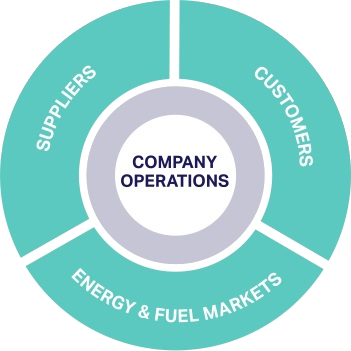
![]() Scope of a traditional energy strategy
Scope of a traditional energy strategy
![]() Additional scope of an integrated energy strategy
Additional scope of an integrated energy strategy
An integrated energy strategy should be developed and implemented in alignment with your overall business strategy, and feedback loops between the two should be anticipated and managed. This is particularly crucial for companies that are revising their business strategy to manage climate-related risks.
It’s also important to consider how your energy strategy interacts with your over-arching sustainability strategy and broader societal frameworks such as the United Nations Sustainable Development Goals (SDGs). An integrated energy strategy presents a range of opportunities to contribute to the realization of the SDGs. Direct contributions to SDGs 7 (affordable and clean energy) and 13 (climate action) are clear, but these efforts also have the potential to support the achievement of a wide range of other SDGs, such as SDG 11 (sustainable cities and communities) and SDG 12 (responsible consumption and production) to name but two.
Companies should also be mindful of any potential negative impacts on the global sustainable development agenda that could arise as consequences of their integrated energy strategy. It’s important to develop a clear picture of any potential risks to people or the environment ahead of implementation and to ensure that measures are in place to prevent or mitigate negative impacts.
Who should read these guidelines?
These guidelines are designed for employees involved in developing the company’s integrated energy strategy, encompassing different positions in strategic sourcing/procurement, manufacturing/engineering, energy and sustainability
The guidelines help different functions understand:
- The business benefits and new opportunities of an integrated low-carbon energy strategy;
- The value of harnessing collaboration with upstream and downstream stakeholders in an integrated energy strategy;
- The elements of an integrated energy strategy.
Why does my company need an integrated energy strategy?
To respond to the climate change challenge, companies need to not only decarbonize their own operations – they must also act to drive decarbonization into their supply chains and support their customer base to reduce their GHG emissions.
At the same time, energy users need to understand and respond to changes as the energy systems becomes more decentralized, low-carbon and resilient. Most energy users aren’t just buying energy anymore, they’re now grappling with how to mitigate emerging risks accelerate their transition to low-carbon operations and capture new commercial opportunities.
An integrated energy strategy will help your company navigate these challenges and capture a range of benefits.
Build an integrated energy strategy to respond to climate change
The IPCC’s Special Report on ‘Global Warming of 1.5°C’ communicated a stark warning: avoiding the worst impacts of climate change requires “rapid, far-reaching and unprecedented changes in all aspects of society” and the complete decarbonization of the global economy. Today, around 80 percent of CO2 emissions come from the energy system. A radical transformation is required to transition the energy system away from its reliance on fossil fuels and towards
An integrated energy strategy defines how your company responds to climate change and other environmental concerns: It helps you use less energy and transition towards net
To limit global warming to 1.5°C, GHG emissions need to be
Failing to consider decarbonization in today’s business and particularly investment decisions
As such, companies must consider decarbonization as a fundamental part of their integrated energy strategy development.
Build an integrated energy strategy to respond to an evolving energy system
An integrated energy strategy sets out how to achieve your company’s energy-related financial and environmental objectives by working cross-functionally internally and with upstream and downstream stakeholders externally.
This means it assesses and clarifies the role your company plays in its evolving, interconnected, energy-related value chain. Failing to think and act strategically risks missing arising opportunities.
The traditional energy value chain was linear, with energy carriers produced centrally and distributed to a passive
The traditional and linear energy value chain

The emerging decentralized and interconnected energy value chain is characterized by distributed energy resources,
Companies who take advantage of the energy system transformation evaluate what energy inputs they really need, where those are available and how their products, services
They will look to recover and extract value from energy resources that would otherwise go to waste and consider local partnerships to share energy resources in an efficient manner.
Ultimately, companies who understand how they fit within the interconnected energy value chain and where their opportunities lie will benefit most from the transition.
Build an integrated energy strategy to harness collaboration with upstream and downstream stakeholders
With an integrated energy strategy, a company will collaborate with stakeholders that sit outside its traditional energy value chain. A company’s integrated energy strategy defines how it utilizes the knowledge, expertise and relationships that exist with its suppliers and customers to find more energy efficient, circular and low-carbon ways of doing business.
When companies become actively engaged with their supply chain and customers on the topic of energy resources, they can create advantages by developing new capabilities, exploring new business models, capturing new revenue streams and finding energy and cost efficiencies.
When procuring services, products and equipment that have an impact on your company’s energy use or GHG emissions, there’s an opportunity to work with upstream stakeholders to improve energy efficiency and lower the carbon content of purchased goods and services. Similarly, companies can engage with their customers to ensure they understand how products and services can help them reduce their carbon impacts. This might lead to further collaboration on services or product offerings to accompany customers in their journey to lower GHG emissions.
Companies may also benefit from collaborating with companies in their vicinity.
Using the concept of industrial symbiosis, companies may find that their by-products/waste is another company’s input, potentially reducing operating costs, securing financial gains or mitigating risk. Steam, sludge, biomass and other by-products of primary production processes can generate value for companies who identify the right partners.
The benefits of an integrated energy strategy
FINANCIAL
- Manage energy and maintenance costs
- Reduce costs associated with carbon pricing
- Explore new revenue streams and commercial models relating to energy
- Improve business performance and productivity
- Extend asset life
RISK
- Improve security of supply
- Reduce exposure to energy price volatility
- Improve resilience against policy and legal risks
- Reduce exposure to having stranded assets due to environmental policies
- Reduce reputational risk with customers and shareholders
INNOVATION
- Innovation with suppliers provides a competitive advantage
- Innovation with customers builds loyalty
ENVIRONMENTAL
- Reduce life-cycle GHG emissions in alignment with SDG 13 and the Paris Agreement
- Reduce life-cycle air quality and water quality impacts in alignment with SDG 3
- Reduce life-cycle biodiversity impacts in alignment with SDG 15
- Reduce waste and improve circularity in alignment with SDG 12
SOCIO-ECONOMIC
- Contribute to job creation and reduce economic inequality in alignment with SDG 8
- Improve labor practices and human rights in your supply chain in alignment with SDG 8
- Provide access to new sources of clean energy for local communities in alignment with SDG 7
LEADERSHIP
- Build brand reputation and improve performance in sustainability benchmarking
- Improve investor confidence and attract investment from new sources
- Improve talent acquisition and retention
How should my company develop an integrated energy strategy?
The typical journey to an integrated energy strategy
Developing an integrated energy strategy is a challenging, but essential activity. It takes time to build understanding of the need and value of an integrated energy strategy within your company and it requires confidence and commitment from executive management.
The typical journey to reach an integrated energy strategy is depicted below. It illustrates how a company’s approach can evolve over time to become more ambitious, more
In reality, every company’s journey is distinct; some will progress quickly in their journey – jumping from bottom left to top right.
Who should be involved in strategy development?
Developing an integrated energy strategy must be a collaborative process, involving internal stakeholders from a range of business functions, upstream and downstream stakeholders, as well as other external stakeholders who may not be immediately obvious.
Work with those individuals to subsequently understand which upstream and downstream stakeholders should be engaged.
Internal Stakeholders: What do you need from them?
| Board and executive management team | Strategic sourcing/ procurement | Energy, environment and sustainability | Finance | Major energy user stakeholders from within your company |
| A mandate to invest time and resources in strategy development and input to clarify the drivers and business value of an integrated energy strategy. | Support to engage with relevant suppliers as well as develop new criteria and processes to guide sourcing decisions. Relevant suppliers include energy and fuel suppliers, energy consuming plant and machinery, vehicle fleet and other equipment or services that have an impact on energy efficiency and GHG emissions. | Technical advice on energy policy and energy management, appraisal of strategic options across the value chain and alignment with other sustainability commitments. | Provision of financial data on energy and fuel consumption, support with building the financial business case using life-cycle costing and forecasting energy spend. | Technical and practical advice on how energy, fuel and equipment is used in business operations, as well as support to evaluate solutions across the value chain for energy efficiency, carbon reduction and making use of the company’s energy outputs. |
External Stakeholders: What do you need from them?
| Stakeholder group |
Suppliers |
Customers |
Others |
| What do you need from them? |
Ideas to shape the options for improving energy efficiency and reducing GHG emissions from the supply chain. Provision of data and information to help evaluate these options. This also includes other upstream stakeholders that support business operations and can have an impact or influence on energy consumption. |
Involvement in service and product design to help identify opportunities that will improve energy efficiency, reduce GHG emissions and make use of energy outputs. |
There will be a wide range of other external stakeholders unique to every company that could be involved in strategy development and implementation. What you need from these groups will depend on your strategic objectives and the opportunities that exist to collaborate with them. Other external stakeholders to involve in your integrated energy strategy could include:
|
Typical strategy development, implementation and improvement process
| Strategy development is characterized by two steps. These aim to define where your company should be and how to get there: |
Strategy implementation and continuous improvement is a cyclical process with three steps: |
|||
|
1 DIAGNOSE |
2 PLAN |
3 DO |
4 CHECK |
5 ACT |
| Establish a strategy development team, assess current energy management capabilities, develop a vision and secure a mandate to invest in strategy development. | Set targets and build an integrated energy strategy that defines how to enhance current capabilities and how to prioritize improving energy efficiency and increasing the use of low-carbon energy and fuel – across your operations and your energy-related value chain. | Implement and embed the integrated energy strategy by taking the actions defined in your plan. | Monitor and evaluate strategy implementation and performance by taking the actions defined in your plan. | Use findings from checking to continually improve your integrated energy strategy. |
| Strategy development is characterized by two steps. These aim to define where your company should be and how to get there: |
|
|
1 DIAGNOSE |
2 PLAN |
| Establish a strategy development team, assess current energy management capabilities, develop a vision and secure a mandate to invest in strategy development. | Set targets and build an integrated energy strategy that defines how to enhance current capabilities and how to prioritize improving energy efficiency and increasing the use of low-carbon energy and fuel – across your operations and your energy-related value chain. |
| Strategy implementation and continuous improvement is a cyclical process with three steps: |
||
|
3 DO |
4 CHECK |
5 ACT |
| Implement and embed the integrated energy strategy by taking the actions defined in your plan. | Monitor and evaluate strategy implementation and performance by taking the actions defined in your plan. | Use findings from checking to continually improve your integrated energy strategy. |
The table below explains the process, key questions and outcomes for a successful strategy development process.
1. Diagnose
| PROCESS | KEY QUESTIONS | OUTCOMES |
|
Establish a strategy development team Identify internal and external stakeholders and consider their impact and influence on sourcing and using energy. Create a strategy development team with people who have the greatest impact and influence. Evaluate your current capabilities and energy performance Assess how you currently use energy and fuel across your business, the associated GHG emissions and how this has changed over the past years. Work collaboratively to evaluate your current situation across the six elements of an integrated energy strategy and consider where and why you need to improve. Get agreement that your approach needs to change It’s important that your company understands the need and urgency to change. Explain the gaps in your capabilities and the value that is at risk by doing nothing. Explain how you will build an impactful integrated energy strategy to address these risks. With everyone on the same page, it’s easier to build momentum. Determine what you want to achieve Defining your vision and targets together with the board/management team will help to focus efforts and ensure there is alignment across the company. Ensure alignment between the integrated energy strategy and your company’s sustainability strategy. Your vision needs to be communicated and reinforced regularly to create clarity and avoid distractions |
Who needs to be involved in strategy development? What are the gaps in your capabilities and how are they stopping you from achieving your goals? How does your company use electricity, fuels and related equipment and what is the environmental and social impact? What’s your current position in the energy value chain and where are new opportunities to participate? What are your competitors doing, and in what aspects of your integrated energy strategy are you leading or lagging compared to your competitors? Would an integrated energy strategy give you a competitive advantage, and do you want to be market following or market leading? What are the implications of doing nothing? Is your energy strategy aligned with your company’s sustainability strategy? |
1. A highly engaged board/executive management team that understands the value at risk and the opportunities to be captured. 2. A clearly defined vision for your integrated energy strategy. 3. A mandate to progress with the development and implementation of an integrated energy strategy.
|
Diagnose - Process
|
Establish a strategy development team Identify internal and external stakeholders and consider their impact and influence on sourcing and using energy. Create a strategy development team with people who have the greatest impact and influence. |
|
Evaluate your current capabilities and energy performance Assess how you currently use energy and fuel across your business, the associated GHG emissions and how this has changed over the past years. Work collaboratively to evaluate your current situation across the six elements of an integrated energy strategy and consider where and why you need to improve.
|
|
Get agreement that your approach needs to change It’s important that your company understands the need and urgency to change. Explain the gaps in your capabilities and the value that is at risk by doing nothing. Explain how you will build an impactful integrated energy strategy to address these risks. With everyone on the same page, it’s easier to build momentum.
|
|
Determine what you want to achieve Defining your vision and targets together with the board/management team will help to focus efforts and ensure there is alignment across the company. Ensure alignment between the integrated energy strategy and your company’s sustainability strategy. Your vision needs to be communicated and reinforced regularly to create clarity and avoid distractions |
Diagnose - Key Question
| Who needs to be involved in strategy development? |
|
What are the gaps in your capabilities and how are they stopping you from achieving your goals? How does your company use electricity, fuels and related equipment and what is the environmental and social impact? What’s your current position in the energy value chain and where are new opportunities to participate? What are your competitors doing, and in what aspects of your integrated energy strategy are you leading or lagging compared to your competitors? |
|
Would an integrated energy strategy give you a competitive advantage, and do you want to be market following or market leading? What are the implications of doing nothing? |
| Is your energy strategy aligned with your company’s sustainability strategy? |
Diagnose - Outcomes
|
1. A highly engaged board/executive management team that understands the value at risk and the opportunities to be captured. 2. A clearly defined vision for your integrated energy strategy. 3. A mandate to progress with the development and implementation of an integrated energy strategy. |
Plan - Process
|
Take a collaborative approach to strategy development and target setting The planning phase requires engagement with internal stakeholders, suppliers, customers and other partners to identify and qualify suitable activities and solutions and set targets that support your vision. Build a fundable and practical roadmap The planning phase should result in a fundable and practical roadmap to achieve your vision and targets. Set out the financial requirements and return on investment, then agree on the roadmap’s funding, rather than individual activities, to help bring the overall payback period of the investment down. Explore the risks and benefits of various commercial funding models, so that all parties understand the financial risks and benefits. |
Plan - Key Questions
|
How can your strategy include your supply chain and customers to identify new ways of doing business? What opportunities are there for using surplus energy outputs and by-products from a neighboring facility? Are your suppliers aligned with your strategy and clear on their roles? What are the priorities for your strategy and what is your implementation plan? How will your integrated energy strategy add value through operational and financial efficiencies, capture new revenue streams and can it become a self-funding program? How will success be evaluated, and what tools do you need to make decisions in a changing environment? |
Plan - Outcomes
|
1. Credible and ambitious targets that support your vision. 2. A roadmap that states the activities and solutions that will achieve your vision and targets, with a detailed plan for implementation involving suppliers and customers. 3. A funding plan for decision makers. 4. Success criteria and approach to measurement. 5. Engaged team ready for implementation. |
2. Plan
| PROCESS | KEY QUESTIONS | OUTCOMES |
|
Take a collaborative approach to strategy development and target setting The planning phase requires engagement with internal stakeholders, suppliers, customers and other partners to identify and qualify suitable activities and solutions and set targets that support your vision. Build a fundable and practical roadmap The planning phase should result in a fundable and practical roadmap to achieve your vision and targets. Set out the financial requirements and return on investment, then agree on the roadmap’s funding, rather than individual activities, to help bring the overall payback period of the investment down. Explore the risks and benefits of various commercial funding models, so that all parties understand the financial risks and benefits. |
How can your strategy include your supply chain and customers to identify new ways of doing business? What opportunities are there for using surplus energy outputs and by-products from a neighboring facility? Are your suppliers aligned with your strategy and clear on their roles? What are the priorities for your strategy and what is your implementation plan? How will your integrated energy strategy add value through operational and financial efficiencies, capture new revenue streams and can it become a self-funding program? How will success be evaluated, and what tools do you need to make decisions in a changing environment? |
1. Credible and ambitious targets that support your vision. 2. A roadmap that states the activities and solutions that will achieve your vision and targets, with a detailed plan for implementation involving suppliers and customers. 3. A funding plan for decision makers. 4. Success criteria and approach to measurement. 5. Engaged team ready for implementation.
|
Aligning with ISO 50001
For continuous improvement of your strategy, you should consider how you can align your approach with ISO 50001, the specification created by the International Organization for Standardisation for an energy management system.
ISO 50001 has guided international best practice for energy management and shows that a company has implemented a systematic and consistent approach to improving energy performance. Given this standard’s credibility and widespread use,
it’s a sensible approach to align with. As these guidelines focus on the strategy development process, please refer to ISO 50001 for more information.
What are the main elements of an integrated energy strategy?
- Through the Diagnose step, you evaluate current capabilities across each of the six elements.
- Through the Plan step, you build a strategy that defines your approach across each of the six elements
Click on the tabs below to find out more about each element.
What are your next steps?
Next steps
To get started with your integrated energy strategy:
| 1 | 2 | 3 | 4 |
| Complete the Diagnose step in section 2 | Build the six elements of your integrated energy strategy by following the Plan step in section 2 | Look at the follow-on modules we will create for the three categories we introduced in the Solutions section:
|
Look at the business cases we will publish to understand emerging technologies and assess their feasibility for your company |
| 1 | 2 |
| Complete the Diagnose step in section 2; | Build the six elements of your integrated energy strategy by following the Plan step in section 2; |
| 3 | 4 |
|
Look at the follow-on modules we will create for the three categories we introduced in the Solutions section:
|
Look at the business cases we will publish to understand emerging technologies and assess their feasibility for your company; |
Assess your integrated energy strategy using these five tests
Once you have developed your integrated energy strategy, use these five tests to assess whether it has the characteristics that you should be aiming for.
| OUTWARD LOOKING | AMBITIOUS | COMPREHENSIVE | ALIGNED | COLLABORATIVE |
|
|
|
|
|
OUTWARD LOOKING
- Does your integrated energy strategy define your role in the energy value chain and how you are collaborating with upstream and downstream stakeholders from your company’s wider value chain?
- Does your integrated energy strategy take into consideration the environmental and
social impacts of your energy use?
AMBITIOUS
- Is your integrated energy strategy consistent with a scenario of 1.5°C temperature increase above
COMPREHENSIVE
- Does your integrated energy strategy cover the consumption of energy from all sources, all business activities and across your value chain?
ALIGNED
- Does your integrated energy strategy align with your corporate strategy and leverage the strengths of your company?
- Does your integrated energy strategy support your company’s sustainability strategy?
COLLABORATIVE
- Have you built your integrated energy strategy through wellstructured collaboration with stakeholders from within your company and with your wider value chain?
Acknowledgements
This webpage and its content are the result of a collaborative effort between the World Business Council for Sustainable Development (WBCSD), Carbon Credentials and representatives from WBCSD member companies participating in the New Energy Solutions project. A range of WBCSD members reviewed the material, thereby ensuring that the document broadly represents the majority view of members of the New Energy Solutions project. It does not mean, however, that every company agrees with every word.
This report was drafted by WBCSD and Richard Tarboton and Will Jenkins from Carbon Credentials.
WBCSD’s New Energy Solutions project currently includes the following companies:








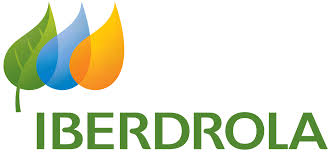




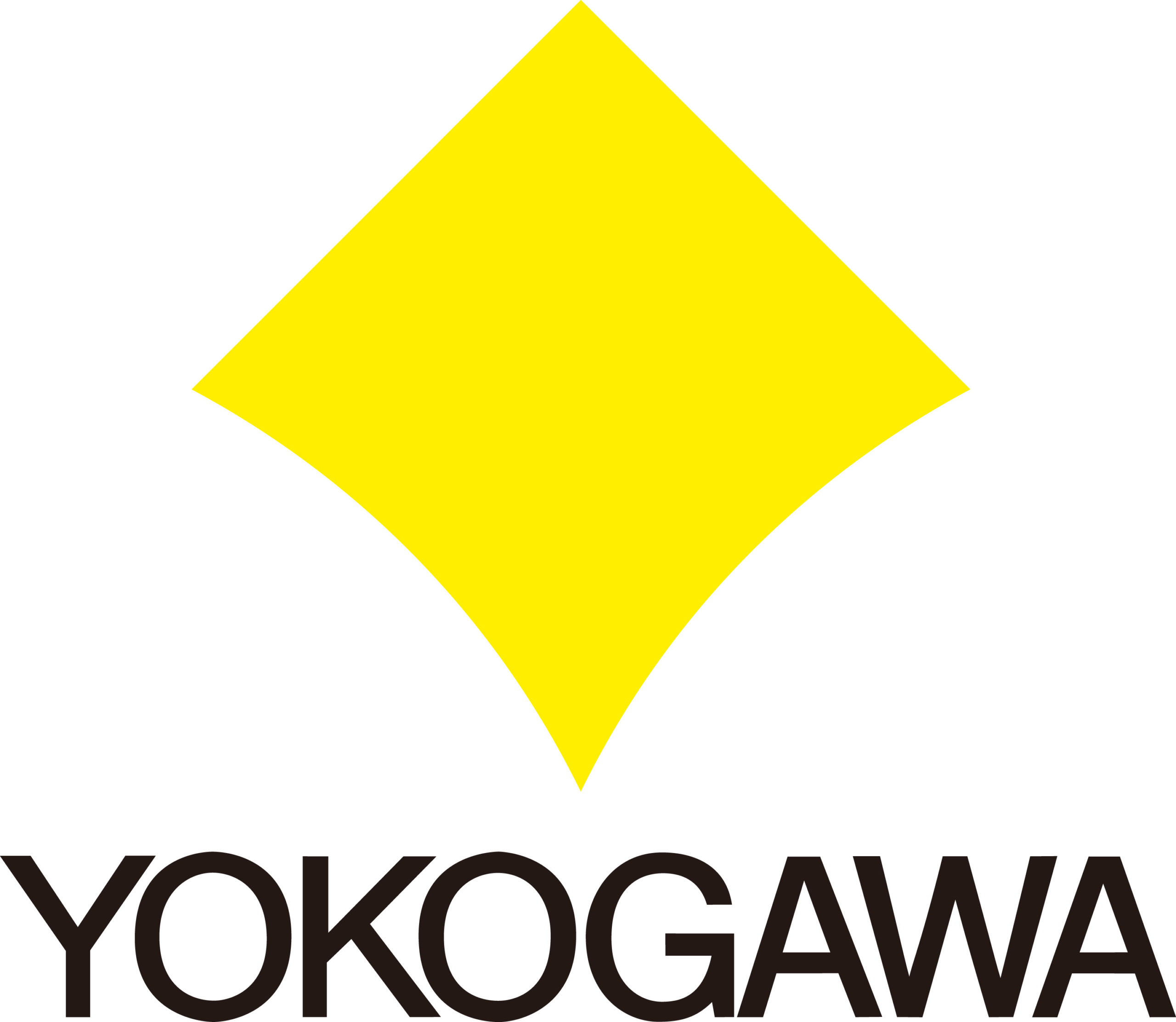

Copyright © 2019
World Business Council
for Sustainable Development
All rights reserved
Privacy Policy
Follow us
Links
Contact
MAISON DE LA PAIX
Chemin Eugène-Rigot, 2B
Case Postale 2075
CH-1211, Geneva 1
Switzerland
Tel: +41 (22) 839 3100
Fax: +41 (22) 839 3131

